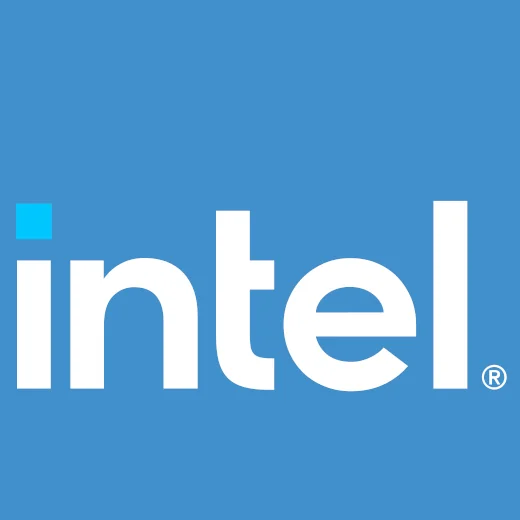Intel Vulkan Driver Lands Optimization To Help GravityMark, Other Demanding Software

The latest Intel Vulkan Linux driver optimization worth mentioning on Phoronix is adding a ring buffer mode to the generated indirect draws.
The newly-merged code adds a ring buffer version of the generated draw optimization so that draw calls can be processed in batches up to 8,192. In turn this reduces the amount of batch buffer space required.
This change is intended to address problems where large numbers of draw calls in one pass will require a lot of batch buffer space. The change closes this 7 month old bug report around the demanding GravityMark benchmark yielding segmentation faults and buffer allocation errors. GravityMark has been painfully slow and in rough shape for Intel Vulkan graphics on Linux but now with this latest code for Mesa 23.3 it will hopefully be in better shape. Plus this optimization is generic and should help out any other big Vulkan users performing many draw calls per-pass.
Mesa 23.3 will be branching from the Git main branch in the coming days and should be out by late November or early December as this quarter's feature release. Mesa 23.3 has a lot of great improvements for the open-source Intel, AMD Radeon, and Nouveau/NVK drivers especially along with work on components like Zink, Rusticl, and the smaller drivers.
Add A Comment

